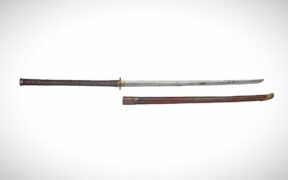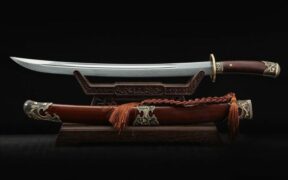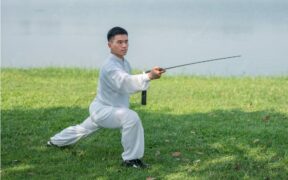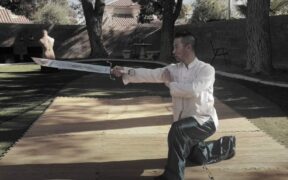Our content features commercial links to our products, committed to transparent, unbiased, and informed editorial recommendations. Learn More
Wodao: A Guide to Japanese-Style Chinese Saber
NO AI USED This Article has been written and edited by our team with no help of the AI
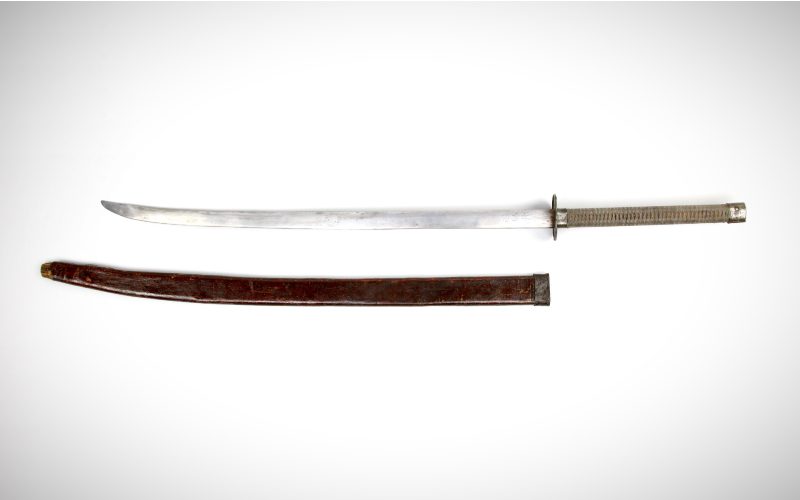
The Chinese and Japanese swordsmiths have long influenced each other. Even though it was developed in China, the wodao featured several Japanese influences. Many
This article delves intot its Japanese-inspired design and how it remains relevant to the miao dao techniques of Chinese martial arts.
Characteristics of the Wodao Sword
The Chinese wodao
Metal and Construction
The Japanese
Blade Design
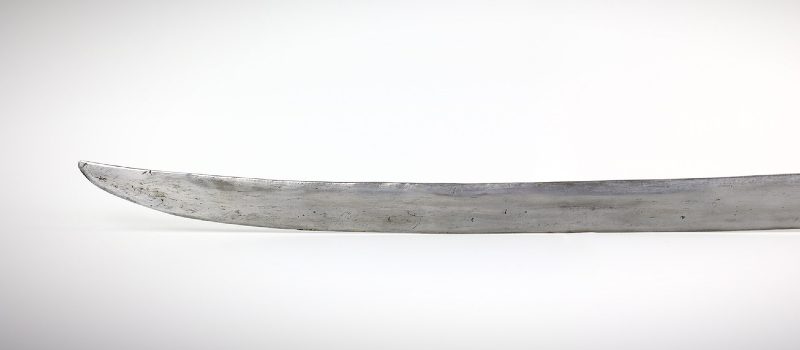
The wodao had a single-edged blade with curvature, reminding us of the Japanese katana or tachi. Unlike Japanese swords, the wodao did not feature a hamon or temperline patterns, though it had a blade with a ridged cross-section.
Size and Length
Qing-dynasty wodao often had an overall length of about 120 centimeters, with a blade length of around 85 centimeters long. Often described as short and heavy, it was still longer than the traditional waist saber peidao, which the military had worn suspended from the waist as part of their official attire.
Sword Mounting
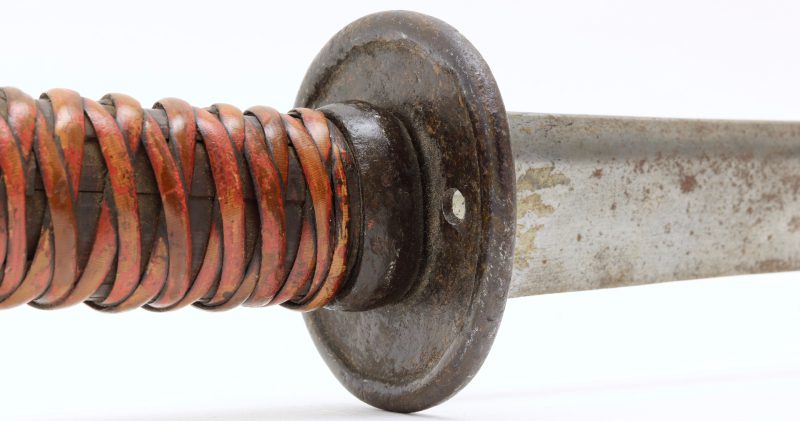
Traditional Chinese swords generally have crossguards, but the wodao had a tsuba-style handguard of a Japanese
Usually made of wood, the hilt can be around 26 centimeters long, making wo dao a two-handed saber. Although the handle is often wrapped with rattan or leather strips, modern replicas use different materials. The Chinese saber was purely utilitarian, often with simple iron fittings and a wooden scabbard.
Facts About the Wo Dao Sword
The term wodao literally means Japanese saber, but it refers mainly to swords developed in China with Japanese influence. Here are the things you need to know about the Chinese
The two types of Chinese swords are the jian and the dao.
Jian swords have a straight, double-edged blade, while the dao is single-edged and slightly curved. Hence, the latter is often called a Chinese saber. The wodao is a specific type of two-handed saber. The earliest dao was likely a bronze
Several Chinese
The term fang wodao means imitation Japanese swords, while woyaodao translates as Japanese waist saber. On the other hand, the term woshi yaodao describes a Japanese style waist saber. There were also wōgǔndāo, in which the term gǔn means rolling, hence the Japanese rolling sabers.
Japanese swordsmanship led to innovations in the Ming army military training.
Chinese general Qi Jiguang revolutionized military training upon learning the
The name wodao reminds us of the derogatory term wokou for Japanese pirates.
During the Ming dynasty, the Chinese called the Japanese pirates wōkòu, in which wō means Japanese while kòu means bandit. Wō also translates as a lair, so the wodao
The wodao was one of the long sabers of the Green Standard Army.
By the mid-Qing dynasty, distinct types of long sabers evolved, though some were already in use during the clashes with the Japanese pirates. Apart from the wodao, the Green Standard army used the famous horse cutter zhanmadao, the double hand-carried saber shuang shou daidao, changren dadao, and back saber bei dao.
The term miao dao is a more recent name for the wodao.
The term wodao served as a mockery of the Japanese, referring to dwarfs and bandits, so the Chinese likely sought to disassociate their saber with them. The term miaodao describes the gently curved shape of the blade, resembling a rice sprout. The term miaodao did not appear in the historical records of the Ming and Qing dynasty. Still, a Republican-era training manual described the wodao as a large miao dao for two-handed use.
Practitioners of modern miao dao regard Qi Jiguang’s manual as the origin of their art.
The Ming general created winning strategies based on the swordsmanship of the Japanese. So, the martial arts of wielding the wodao or the miaodao is likely a combination of the traditional Chinese techniques of two-handed weapon and the Japanese
History of the Wo dao Sword
Like any Chinese
In Ming Dynasty
Between the 13th and 16th centuries, the Japanese pirates known as wokou raided the Chinese and the Korean coasts. Most of them were under various Japanese feudal leaders, though later consisted of Chinese and others. The Japanese had large trading expeditions to China. Eventually, they were denied privileges and resorted to violence.
The wokou also included the ronin, or masterless Japanese samurai, who used their extremely long
In Qing Dynasty
Even after the long clashes with the wokou, the Japanese-styled long saber remained one of the weapons of the Qing military. The Green Standard Army, consisting of mostly Han Chinese soldiers, used several types of long sabers. However, by the Guangxu period, from 1875 to 1908, the wodao was the only long saber that remained in use.
In the Republican Period
The collapse of the Qing dynasty gave way to the Warlord period, from 1916 to 1929. The Chinese warlord Cao Cun had an army specialized in using the two-handed saber called miaodao.
Eventually, as the idea developed that Chinese martial arts became a means to build a strong nation, many training manuals were published. In 1932, the Dān jiè dāo described the wodao as a double-handed long miaodao, though there is also a single-handed miaodao.
However, the most popular Chinese weapon during the time was the Republican dadao, a large, cleaver-shaped
Conclusion
Influenced by Japanese
